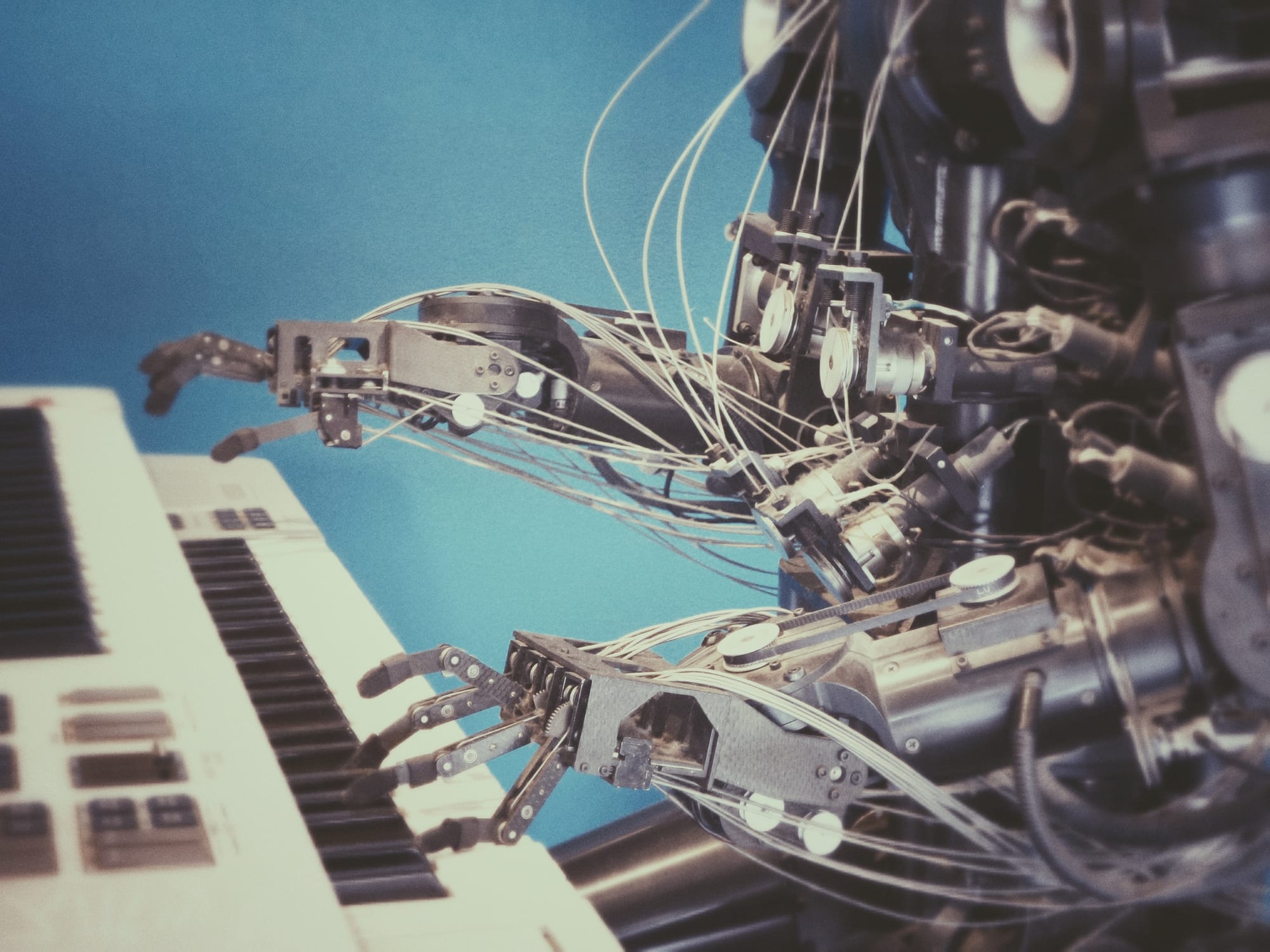Understanding the Difference Between Generative AI and ChatbotsArtificial Intelligence (AI) has emerged as a disruptive technology that is transforming various industries, including customer service. One of the most significant applications of AI in customer service is the use of chatbots.
Chatbots are computer programs designed to simulate human conversation and are commonly used for tasks such as answering customer queries, providing recommendations, and assisting in online transactions.However, there is another AI technology called Generative AI, which can also be used for creating chatbots.
Generative AI goes beyond the limitations of traditional chatbots by using deep learning models to generate highly realistic and contextual responses that mimic human-like conversation. In this article, we will explore the key differences between Generative AI and traditional chatbots.
1. Training Approach:- Traditional Chatbots: Traditional chatbots are mostly rule-based systems that work on pre-defined sets of rules. These rules are programmed by developers to determine the bot's responses based on specific keywords or phrases. However, they lack the ability to understand context or provide natural language understanding.- Generative AI: Generative AI, on the other hand, uses deep learning algorithms to learn from vast amounts of training data. This enables the model to understand language and context, allowing it to generate more authentic and coherent responses.
2. Language Understanding:- Traditional Chatbots: Traditional chatbots rely on predefined rules and patterns to comprehend user inputs. They can only respond to specific keywords or phrases and may struggle to understand complex or ambiguous queries. As a result, the user experience is often limited, leading to frustration and dissatisfaction.- Generative AI: Generative AI models are more advanced in their language understanding capabilities. These models can analyze user inputs comprehensively and infer the context to generate appropriate responses. They can understand nuances, colloquialisms, and even slang, making the conversation more natural and engaging.
3. Response Generation:- Traditional Chatbots: Traditional chatbots typically have a fixed set of responses programmed into them. When a user asks a question, the bot searches for the closest matching pattern or keyword and presents the corresponding response. These responses lack flexibility and often sound robotic or unnatural, especially when faced with questions outside their predefined scope.- Generative AI: Generative AI models are designed to generate responses based on the input they receive. These responses are not limited to predefined patterns or templates and can be much more dynamic and contextually aware. Generative AI models have the ability to produce creative, personalized, and human-like responses that adapt to the user's inputs, creating a more engaging conversation.
4. Creativity and Personalization:- Traditional Chatbots: Traditional chatbots lack the ability to be creative or personalized in their responses. They can only provide information within their programmed knowledge base and cannot generate responses that go beyond their predefined set of rules.- Generative AI: Generative AI models can exhibit creativity and personalization in their responses. They can provide unique and dynamic suggestions, recommendations, or answers based on the user's specific needs and preferences. This personalized approach enhances the user experience and makes the conversation feel more human-like.
5. Training Data and Model Complexity:- Traditional Chatbots: Traditional chatbots require developers to manually program a set of rules and responses. The success of the bot depends on the completeness and accuracy of these rules. While they can be effective for simple and straightforward scenarios, scaling the chatbot to handle complex queries and diverse user interactions becomes challenging.- Generative AI: Generative AI models rely on large amounts of high-quality training data to learn and generate responses. These models are trained on vast amounts of text data, such as books, articles, and conversations. The complexity of the model allows it to generate responses that are coherent, contextually appropriate, and even creative. This approach enables Generative AI models to handle a wide range of user queries effectively.
6. Real-time Learning and Adaptability:- Traditional Chatbots: Traditional chatbots cannot learn from real-time interactions with users. They do not improve or adapt their responses based on user feedback or new information. Any updates or changes to their knowledge base or response patterns require manual intervention from developers.- Generative AI: Generative AI models have the ability to learn and adapt from real-time interactions. They can use user feedback and new information to improve their responses continually. This adaptability allows them to provide more accurate, up-to-date, and relevant information to users.
7. Ethical Considerations:- Traditional Chatbots: Traditional chatbots are only as good as the rules and programming fed into them. They cannot discern ethical considerations or make decisions based on moral values. This limitation can be problematic when facing sensitive or complex scenarios that require ethical judgment.-
Generative AI: Generative AI models can be designed with ethical considerations in mind. Since they understand context and have access to vast amounts of training data, they can be programmed to make ethical judgments and provide appropriate responses in sensitive situations.
In summary, while traditional chatbots have their merits in certain applications, the emergence of Generative AI has taken the capabilities of chatbots to a whole new level. The ability to generate human-like responses, understand context, exhibit creativity, and adapt to real-time interactions makes Generative AI a powerful tool for customer service and other conversational applications. As AI continues to advance, it is important to understand the differences between these technologies to make informed decisions about their implementation.

